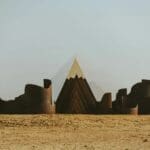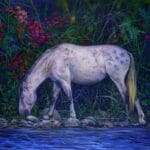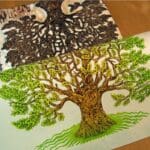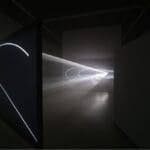Piero della Francesca, Flagellation of Christ, 1455-1460, Galleria Nazionale delle Marche, Urbino, Italy. Reproductions d’Oeuvres.
Piero della Francesca was not only an accomplished artist of the Early Renaissance, but also one of the greatest mathematicians of his day. His works reveal his innovative mind and his meticulous understanding of space, perspective, and proportion. Piero della Francesca was at the cutting edge of Humanism, writing extensively on the topics of arithmetic and geometry. His transfixing compositions built on geometric principles demonstrate his mathematical prowess and his sensibility of the classical past.
Who was Piero della Francesca?
Piero della Francesca was born around the year 1412 in the Tuscan town of Borgo Sansepolcro and spent his life exploring how to represent a three-dimensional space on a two-dimensional support. Known for his cool color palette and pastel hues, the artist marked the transition from tempera to oil painting in Italy. His images are replete with hypnotic, dream-like figures of a sculptural quality. His patrons were among the most powerful in Italy, including the Duke of Urbino, Sigismondo Malatesta in Rimini, and Pope Nicholas V in Rome.




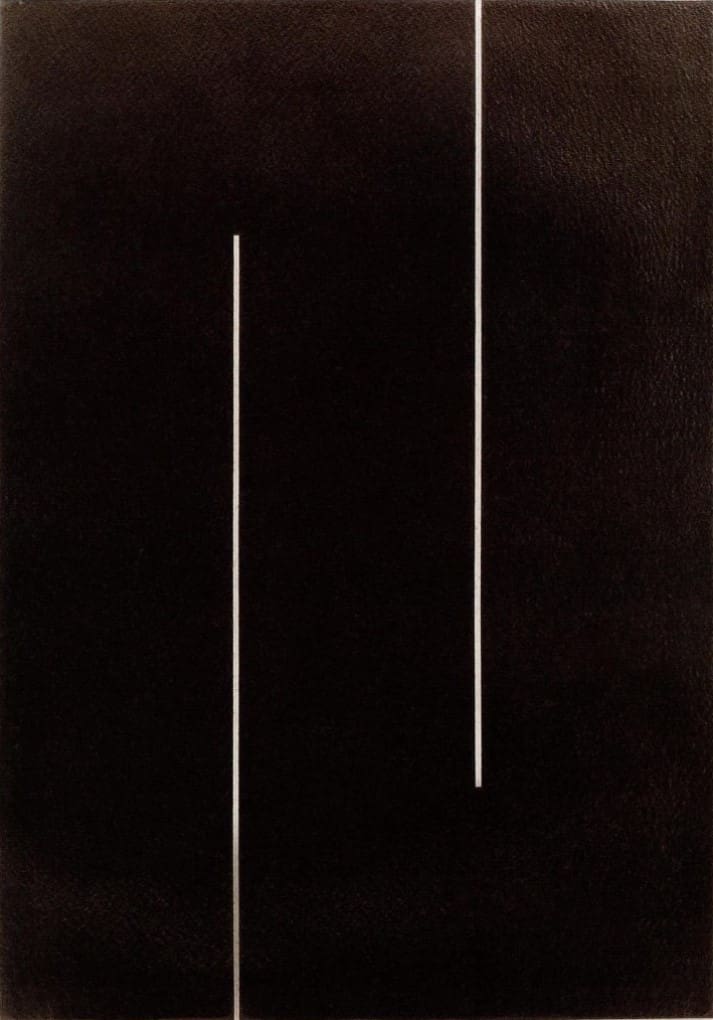
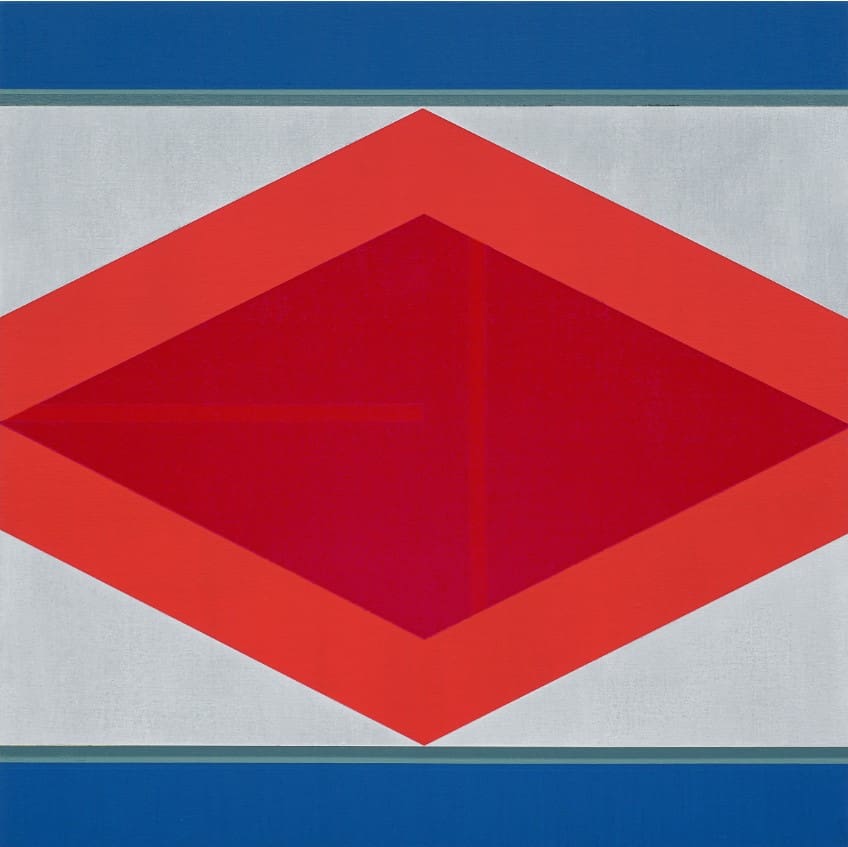

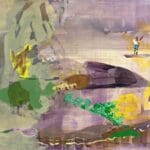
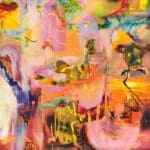



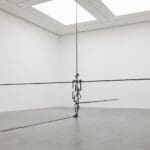



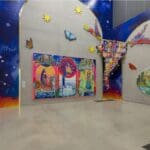



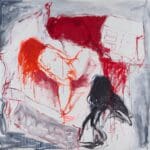

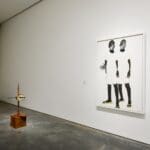
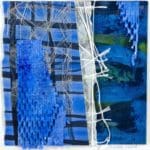



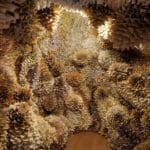
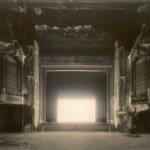
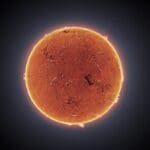


![Artist Shares Secrets of How To Draw Incredibly Realistic Portraits [Interview]](https://artistvenu.studio/wp-content/uploads/2023/12/Screenshot_242-150x150.jpg)


